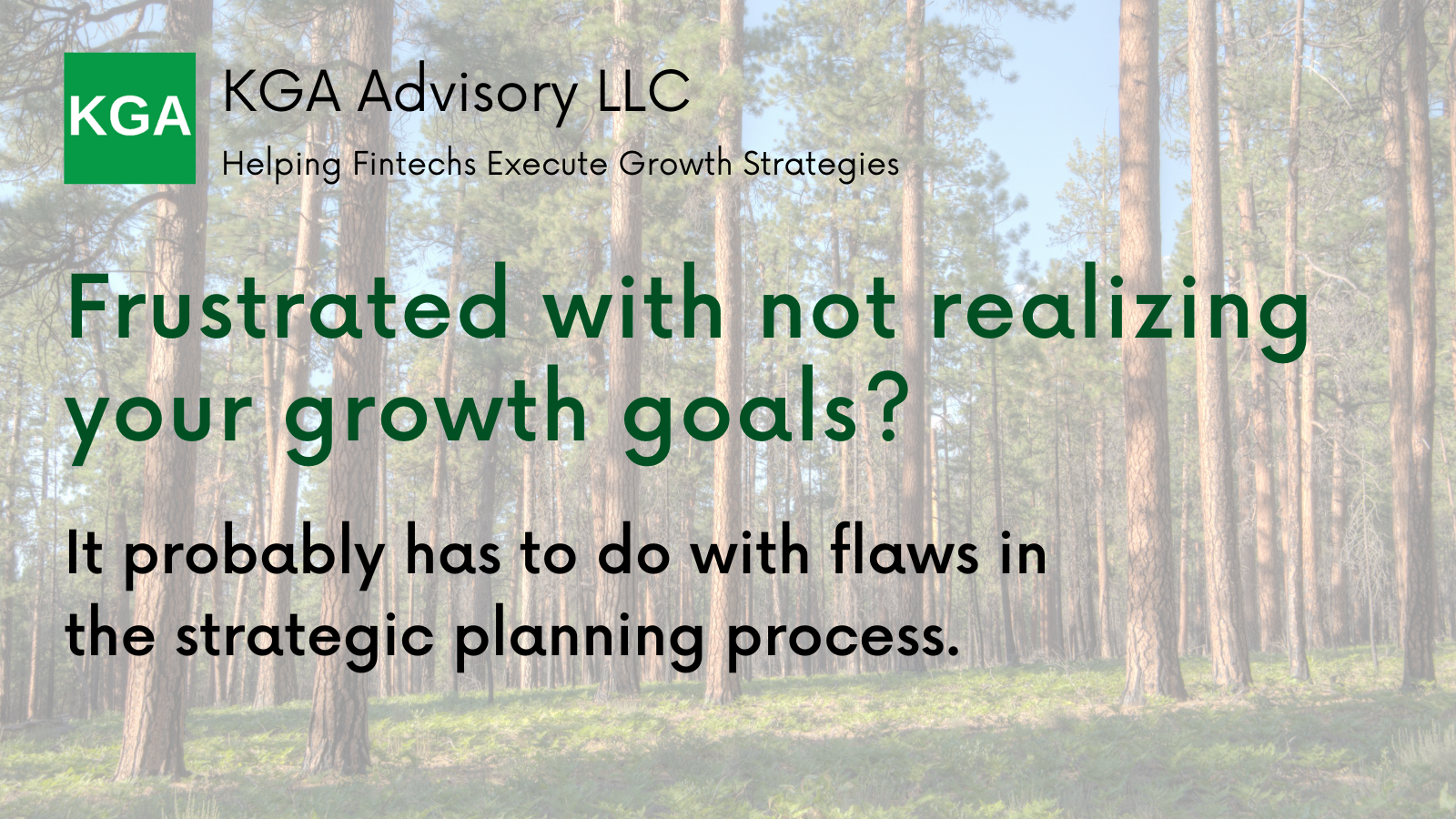
Classic Strategic Planning is Flawed
Classic strategic planning models emphasize two broad phases: Strategy Formulation and Strategy Execution

Strategy Formulation
Strategy is often determined by the senior-most people in the company or business unit. They will devise a growth plan like entering new markets, developing new products, M&A, or partnering. They may get help from a strategic planning advisory firm or an investment bank. The result is a document that captures the opportunity and the firm’s ability to achieve the outcome, in the face of competition and the pace of buyer adoption.
Then, someone(s) will be tasked with bringing the strategy to fruition.
Strategy Execution
That “strategy owner” will jump to engage with department heads to get people doing new things to capture the new revenue. Specialist consultancies may be enlisted to tasks like code development, technology operations, or field marketing, to name a few.
Depending on the strategy and the firm’s relative strengths and weaknesses, resources will be put to writing software, enabling sales, obtaining funding, establishing new partnerships, creating product feature packages, determining pricing, and much more.
The flaw in this classing strategic planning model is that these resources lack a gameplan for execution that clarifies required outcomes so that the resources in the various business functions remained synchronized. Without that clarity, too many people remained focused on the existing business, not the new, and the resources from consulting firms are wasted.
Growth Strategy Blueprinting™
In short, the execution resources are put into action prematurely. This can be especially frustrating since those resources are already fully engaged pursuing organic growth.
By way of analogy: if we were building a house, we would not send in the tradespeople without a blueprint. Similarly, strategy execution needs a blueprint.

Strategy Blueprinting is the step that will clarify (1) how each part of the vendor’s business functions will contribute to strategic growth, (2) where the functional dependencies are, and (3) the sequence of activities that must ensue to achieve results. As one simple example of functional dependencies: if the new buyers want to be told that the solution is “quick and easy”, then the vendor can’t show up with a 100-page contract.
The blueprint is developed and expressed from the buyers’ perspective and contains three elements:
- Documentation of the new buyers’ needs for the solution. The buyer-needs specification must go well beyond the software feature/function to encompass all the parts of the business that touch the customer.
- The high-level design of the business model that meets the buyers’ needs for the software and every other part of the vendor’s business. This business model design is referred-to as the Whole-Product (to distinguish it from the software product).
- When the urgent, compelling Whole-Product has been designed, there are, invariably, new buyer needs which the fintech vendor currently cannot meet. These might be feature/function capabilities, but could just as easily be related to onboarding, project package, or solution architecture, to name a few. The third element of the strategy blueprint defines and sequences the initiatives required to close the capability gaps.
When the organization is guided by these Strategy Blueprint deliverables (the Market-Buyer Profile, Whole-Product High-Level Design, and the Strategy Execution Program), execution is prioritized, clear, resourced, and well-timed. The strategic growth goals are achieved.


